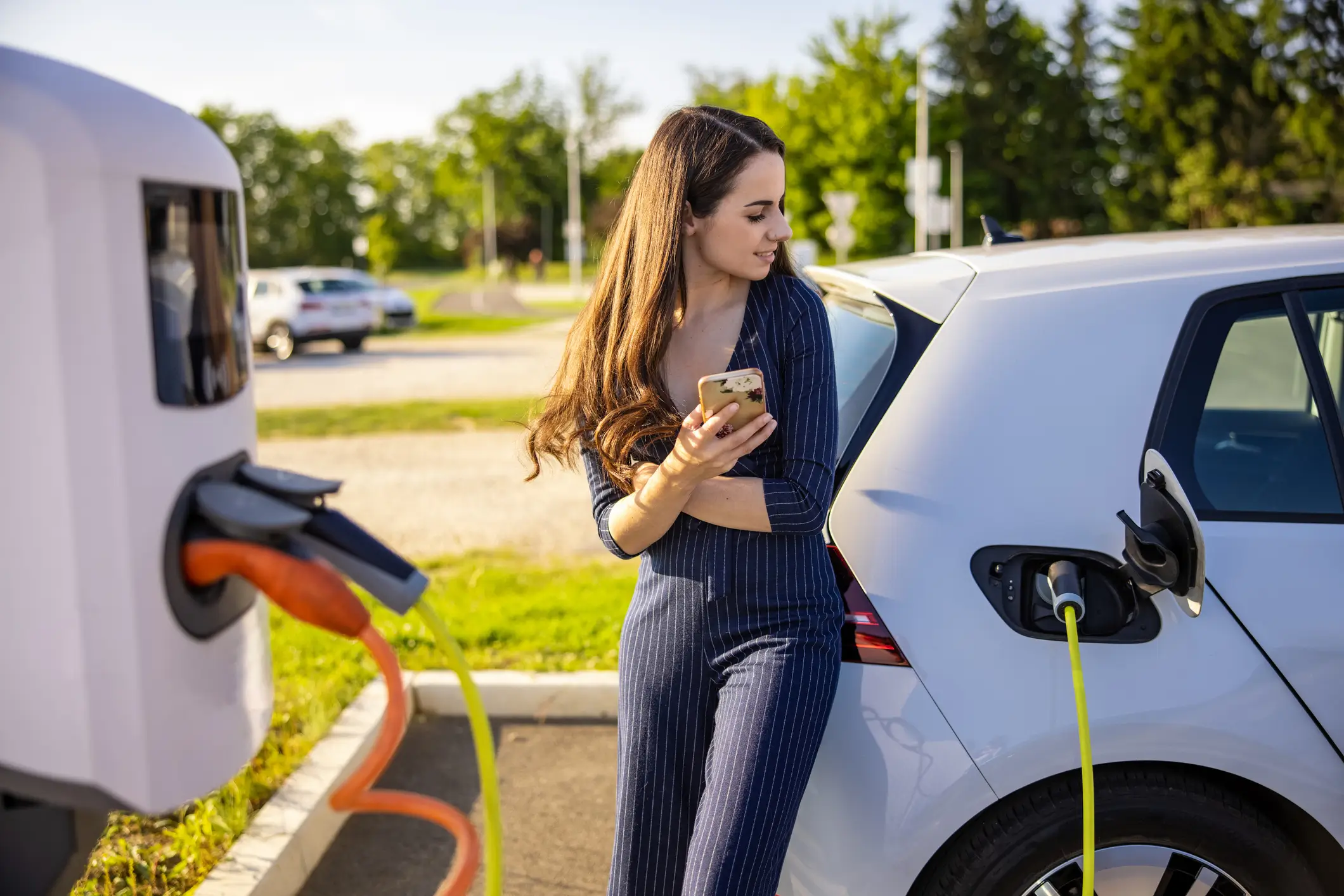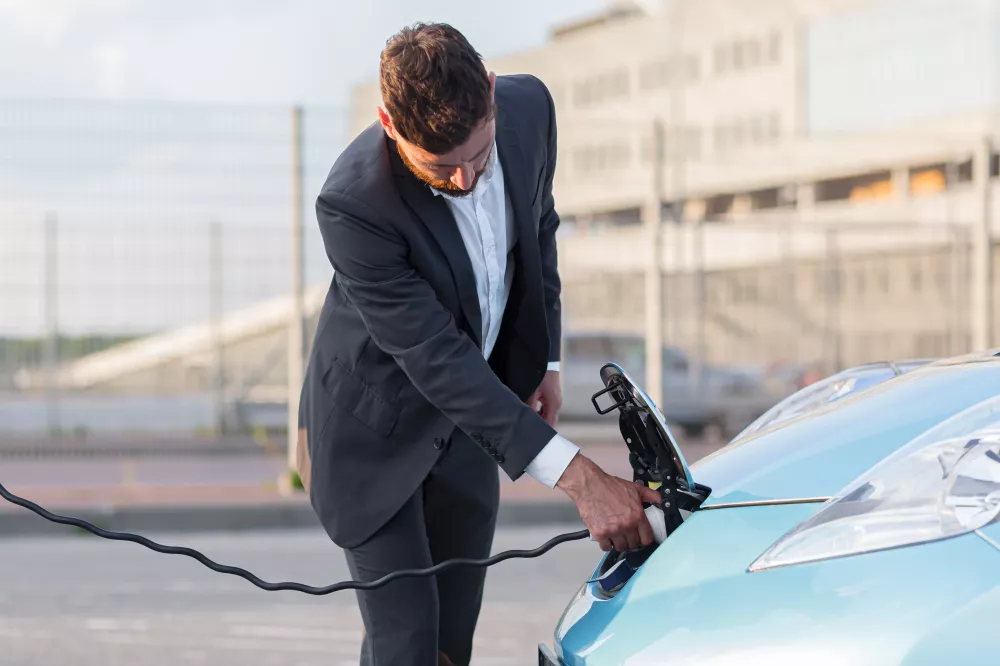Hybrid vehicles
Hybrid vehicles combine an electric battery, an electric motor, and an internal combustion engine (ICE). The vehicle can be powered by either the ICE or the electric motor or by them both working together.
There are three main categories of hybrid vehicles:
- plug-in hybrid
- mild hybrid
- hybrid.
Their charging method is the crucial difference between them. The most suitable for you depends on your driving needs and how often ICE powers the vehicle, with trade-offs in terms of fuel efficiency, costs, and carbon savings.
Charging your electric vehicle
For those with off-street parking at home, a dedicated home charge point is the most convenient and cost-effective way to charge an EV. To maximise your cost and carbon savings, explore the benefits of smart charging or the range of renewable-compatible charging systems available.
If you can't install a home charge point, your workplace or property factor might be able to install one, or you can rely on the comprehensive network of public charge points. Scotland has over 4,400 charge points, of which 1,030-plus are rapid and ultra-rapid charge points. Approximately 70 per cent of publicly available charge points are outside Scotland's cities.
Check out Zap Map and ChargePlace Scotland to locate charge points in your area and on your regular routes and destinations




